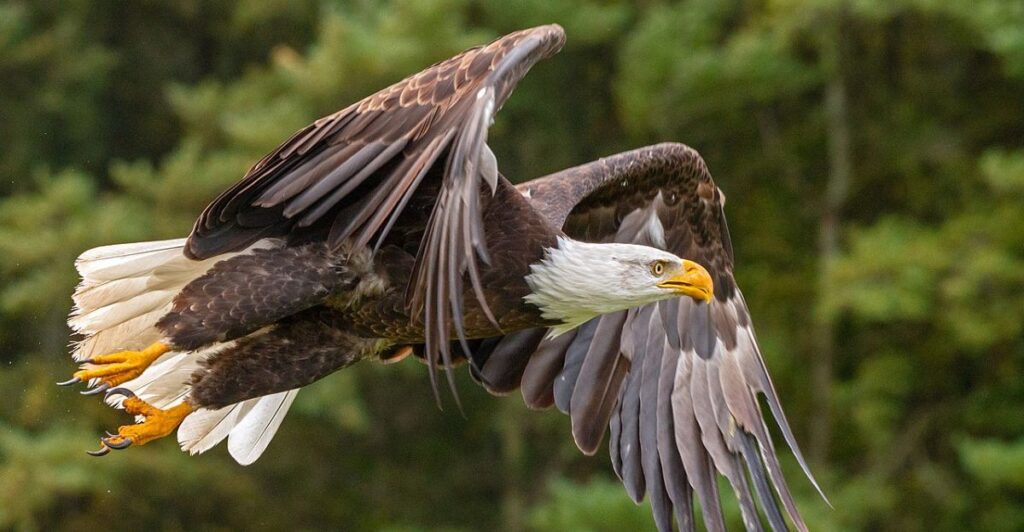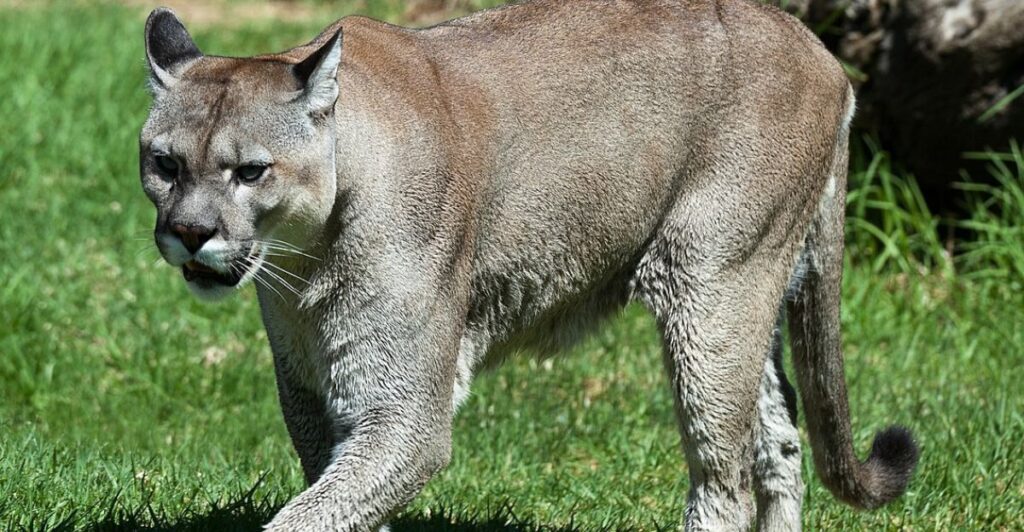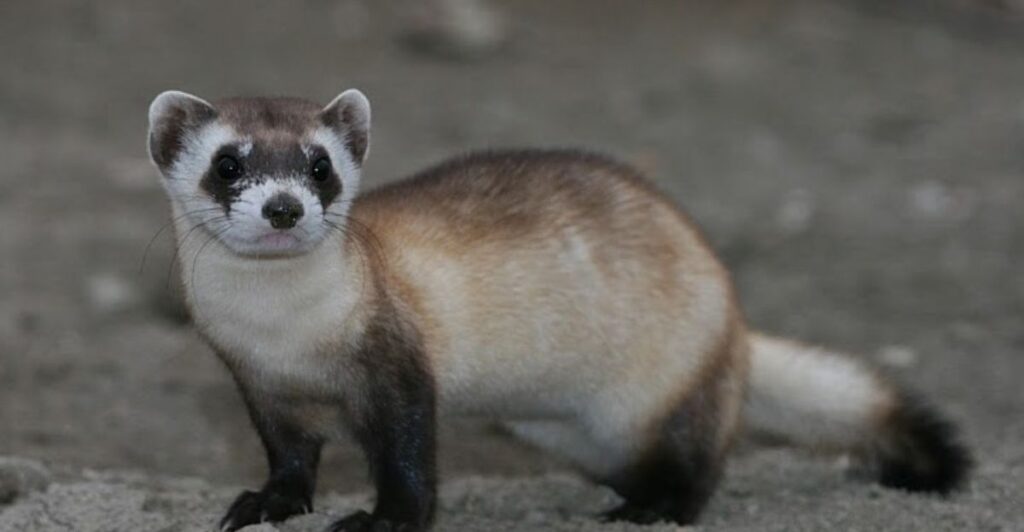
America’s protected wildlands are alive with creatures that defy the odds. These untamed spaces shelter animals you won’t find roaming city streets or suburban yards. Here, wildlife flourishes in its rawest form, adapting and thriving away from human interference. Get a glimpse into the habitats where nature’s wildest inhabitants still roam free.
1. American Bison

The American bison is considered the largest terrestrial mammal in North America, with males weighing up to 2,000 pounds. Historically roaming the vast prairies in herds, they were almost driven to extinction in the 19th century. Today, bison play a critical role in maintaining grassland ecosystems and keeping plant species in check.
2. Gray Wolf

When reintroduced to Yellowstone National Park in 1995, gray wolves helped restore balance to the park’s ecosystem by controlling elk populations. With a pack structure that promotes teamwork, wolves are expert hunters. A single wolf can roam up to 30 miles in a day to mark their territory and hunt in groups.
3. Mountain Lion

Mountain lions, known for hunting alone, roam territories that can stretch up to 150 square miles. Adaptable to deserts, forests, and everything in between, mountain lions excel at climbing and swimming. Moreover, a sharp set of senses and a muscular build help them flourish in the western US, including parks like the Grand Canyon.
4. Bald Eagle

Bald eagles, once endangered, now soar freely in protected areas such as Denali and Everglades National Park. As expert fishermen, bald eagles swoop down and snatch fish from the water’s surface with razor-sharp talons. In fact, a single eagle can consume up to a pound of fish each day!
5. Pronghorn Antelope

Native to the plains and deserts of the western US, pronghorn antelopes are capable of hitting up to 55 miles per hour. Such an incredible velocity helps them outrun predators across the vast, open terrain. Unlike true antelopes, pronghorns have distinctive horns, which feature a forked shape and are shed annually.
6. Grizzly Bea

The grizzly bear is one of North America’s most fearsome predators, yet also an important omnivore. Found in national parks like Yellowstone, these bears have a diet that consists of plants, insects, fish, and occasionally large mammals. Moreover, they can sleep for up to seven months in a year without eating or drinking.
7. California Condor

Once nearly extinct, California condors were brought back from the brink in places like Pinnacles National Park. The animals play an essential role in the ecosystem by scavenging carcasses, thus preventing the spread of disease. Thanks to breeding and reintroduction programs, there are now over 400 California condors living in the wild.
8. American Alligator

American alligators have been around for over 150 million years. Their incredible bite force, which can reach up to 3,700 pounds per square inch, allows them to capture prey with ease. Surprisingly, alligators play a significant role in creating wetland habitats—when they dig their dens, they help other species find shelter.
9. American Elk

The American elk is known for its striking antlers, which weigh approximately 40 pounds and span over 4 feet. In the fall, the rutting season begins, during which males compete for females by bugling loudly across the wilderness. Elk are also vital to their ecosystems because they help shape the scene by feeding on vegetation.
10. Black-footed Ferret

Black-footed ferrets are one of North America’s most endangered mammals, with only a few hundred remaining in the wild. These animals were once thought to be extinct but have been reintroduced into protected wildlands like Badlands National Park. Plus, ferrets are nocturnal and rely on prairie dogs for food, hunting them at night.
11. Mountain Goat

Found primarily in the northern Rockies and coastal mountain ranges, mountain goats thrive in harsh alpine environments. Their thick white coat insulates against frigid temperatures, while specialized hooves provide a firm grip on treacherous, rocky terrain. Most importantly, mountain goats can pass treacherous terrain that would challenge most other animals.
12. Moose

Found in national parks like Denali and Grand Teton, moose are often seen near lakes and rivers, where they forage for aquatic plants. Moose are solitary animals with an impressive sense of smell and hearing that help them avoid predators. Despite their size, mooses are great swimmers, capable of reaching speeds of 6 mph in the water.
Stay connected with us for more stories like this! Follow us to get the latest updates or hit the Follow button at the top of this article, and let us know what you think by leaving your feedback below. We’d love to hear from you!







